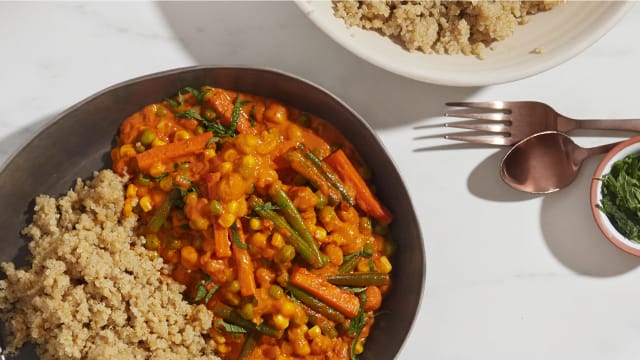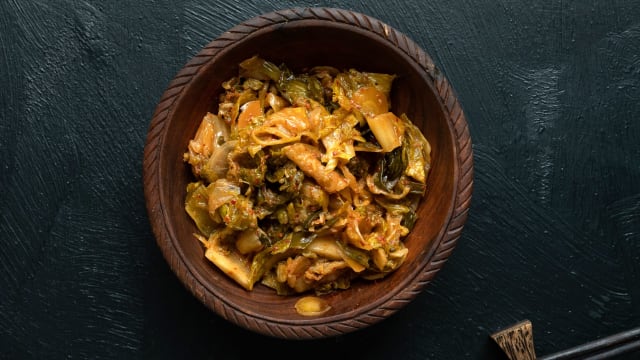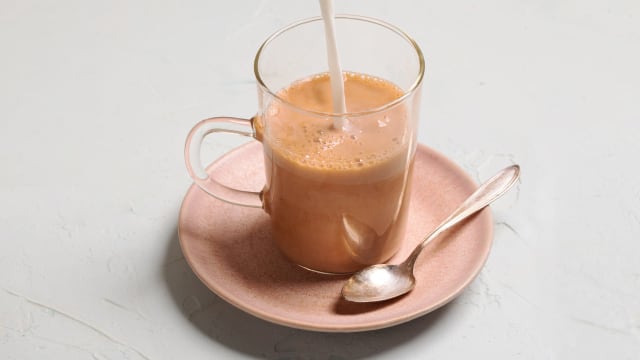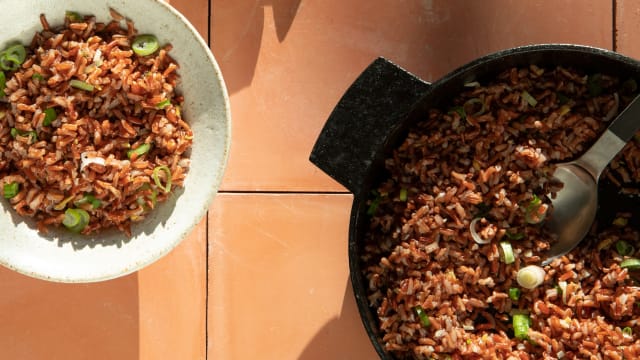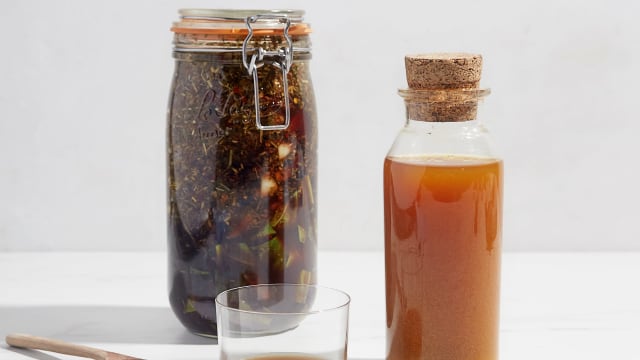Ginger
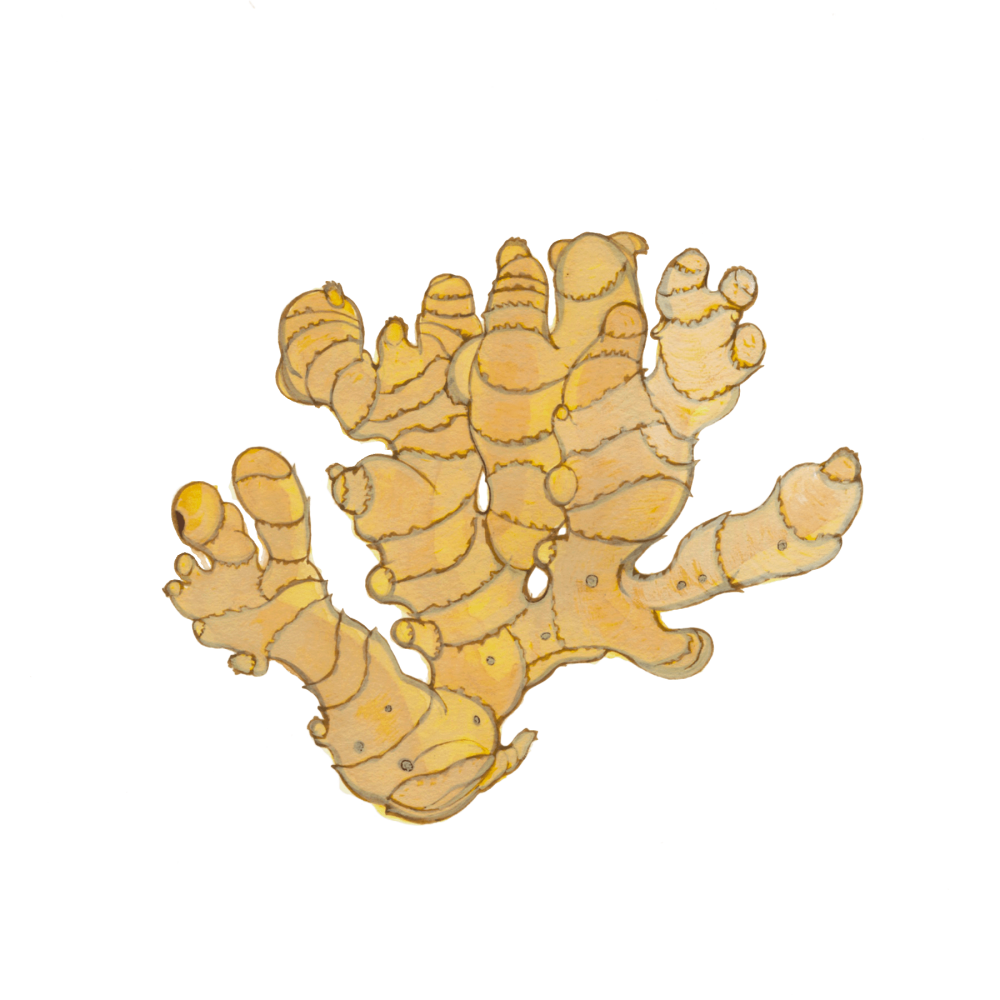
Latin name: Zingiber Oficinalis
Uses: herb, spice, tea, medicinal
What is ginger?
Ginger’s distinctive zing and warm affinity for many other flavors make it one of the world’s most popular spices. This nubbly brown root is a central seasoning in cuisines throughout South and East Asia and an important component of dishes in Africa, Europe, the Caribbean, and beyond. The roots, properly known as rhizomes, are the food crop, but young shoots and leaves can also be eaten.
Why is ginger healthy?
In herbal medicine, ginger is regarded as an excellent carminative, and it’s renowned as a folk remedy for reducing nausea from chemotherapy, illness, or motion sickness. It may help with migraines, lowering blood sugar, and soothing menstrual cramps. Ginger has significant amounts of some B vitamins and minerals like potassium, manganese, copper, and magnesium, though when dried its nutritional content is greatly reduced.
What does ginger taste like?
Like many spices, ginger is equally comfortable in sweet and savory dishes. Its hot, spicy-sweet flavor can have an almost horseradish-like intensity, so it plays well with other bright, sharp flavors like citrus, chiles, and garlic. From gingerbread to jollof rice to masala to the pickled ginger that often accompanies sushi — and let’s not forget ginger ale — ginger brings the heat to delicacies all over the world.
How do I use ginger?
You can eat the root raw, cooked, juiced, or pickled, and you can use it to infuse hot water in herbal teas. Unless it’s pickled or candied, you’ll rarely eat ginger by itself. Fresh, it’s usually peeled before being grated or sliced and added to dishes either at an early stage so that its flavor can infuse the food while it cooks, or in sauces where its raw heat enhances other flavors. It’s excellent for perfuming soups and stocks and is common in hot and cold drinks in many countries.
What does ginger pair well with?
Ginger is not quiet, so pair it with assertive flavors. It meshes exceptionally well with other spices, making it fundamental to curries and similar dishes involving diverse blends of intense ingredients. It loves apples and citrus, especially lime, and alliums like garlic and scallions. In the sweeter realm, think honey, brown sugar, molasses, cream, and chocolate.
Where does ginger grow?
Ginger originated in the islands of Southeast Asia, including Indonesia and the Philippines. Because it requires a long growing season of 7 to 8 months, ginger thrives in tropical and subtropical regions. India is the world’s largest producer, with China, Nepal, Nigeria, Indonesia, and Thailand supplying most of the rest.
How to buy ginger:
Look for firm roots that aren’t shriveled or moldy.
Fun ginger fact:
You can put ginger from the store in a glass of water and it will sprout. Try this around the end of winter, and then plant it in a pot outside once the weather is warm. By fall, you might just own a home-grown rhizome.


